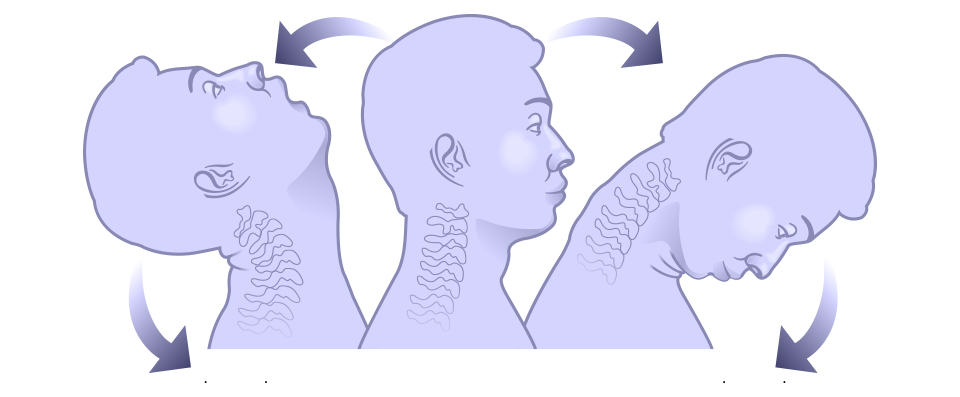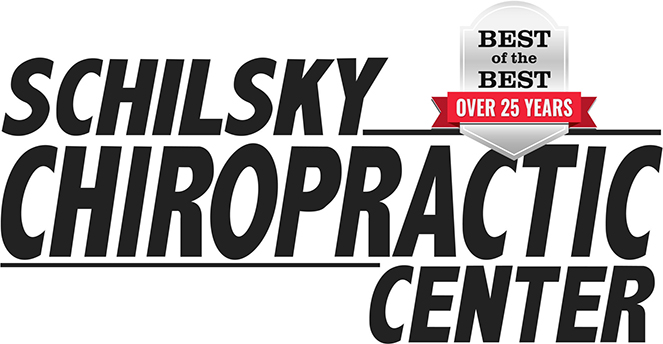Chiropractic Care for Neck Pain
The neck is comprised of seven individual small bones collectively known as the cervical spine. Your neck gives full support to the head, which contains twenty-two bones of its own and has an average weight of fourteen pounds. It would be difficult for any of us to imagine ourselves carrying the weight of a bowling ball around with us all day long, yet this is the average load that our neck, with its intricate mixture of bones and muscles, supports constantly. The bones of the neck are arranged in a pattern and structure to fully support the head. A delicate curvature must be maintained at all times to allow a clear channel for the passage of the vital spinal cord which travels through the center of the neck bones, and the equally important nerves which exit the cord between these bones. The curve of the neck also plays a part in determining the overall shape and structure of the rest of the spine, affecting the entire skeleton and its ability to maintain balance.
In daily life, our cervical spine sustains a variety of insults. These may range from a small jarring slip on the sidewalk to a whiplash incurred by the impact of a collision. Even our posture as we sit and stand, and the way we carry our head in general will demand very specific actions of the neck muscles and bones. Often stress and tension will cause tightening of the shoulder and neck muscles. When the neck has moved out of the proper alignment the normal cervical curvature has been compromised. Problems with compromised cervical curvature can lead to severe neck pain, headaches, numbness and tingling. A non-surgical approach of treatment can be given by a chiropractor for neck pain.
Our Treatments
How Long Will I Need Chiropractic Care?
Spinal problems, neglected since early childhood, may require ongoing supportive care of optimum spinal function. These long standing problems are often associated with muscle weakness, soft tissue damage, and degenerative changes to the spine.
Most patients find that periodic chiropractic checkups help keep them in tip-top shape. Those who are active, have stressful jobs, or want to be their very best, find that a schedule of preventive visits are helpful in the maintenance of good health.

Whiplash Injuries
The term “whiplash” was first used in 1928 to define an injury mechanism of sudden hyperextension followed by an immediate hyperflexion of the neck that results in damage to the muscles, ligaments and tendons – especially those that support the head. Today, we know that whiplash injuries frequently do not result from hyperextension or hyperflexion (extension and flexion beyond normal physiological limits), but rather an extremely rapid extension and flexion that causes injuries.
Due to their complicated nature and profound impact on peoples lives, few topics in health care generate as much controversy as whiplash injuries.
With proper care, many mild whiplash injuries heal within six to nine months. However, more than 20% of those who suffer from whiplash injuries continue to suffer from pain, weakness or restricted movement two years after their accident. Unfortunately, the vast majority of these people will continue to suffer from some level of disability or pain for many years after that, if not for the rest of their lives.
Whiplash is a unique condition that requires the expertise of a skilled health professional specially trained to work with these types of injuries. The most effective treatment for whiplash injuries is a combination of chiropractic care, rehabilitation of the soft tissues and taking care of yourself at home.
Chiropractic care is one of the most effective treatments for minimizing pain and stiffness that is associated with whiplash injuries. Whiplash treatment, when given by a qualified healthcare professional, is incredibly effective if paired with massage therapy, trigger point therapy, and exercise rehabilitation. If you are ready to seek treatment for whiplash, visit Schilsky Chiropractic Center. Our experienced chiropractors can help you regain the life you had.



